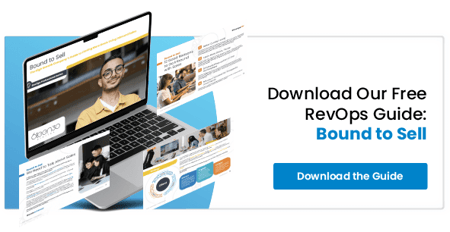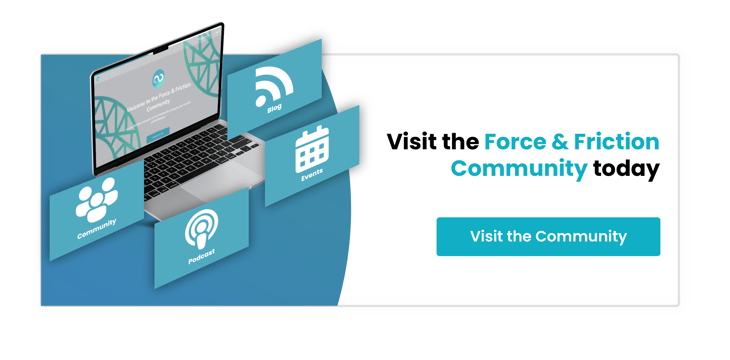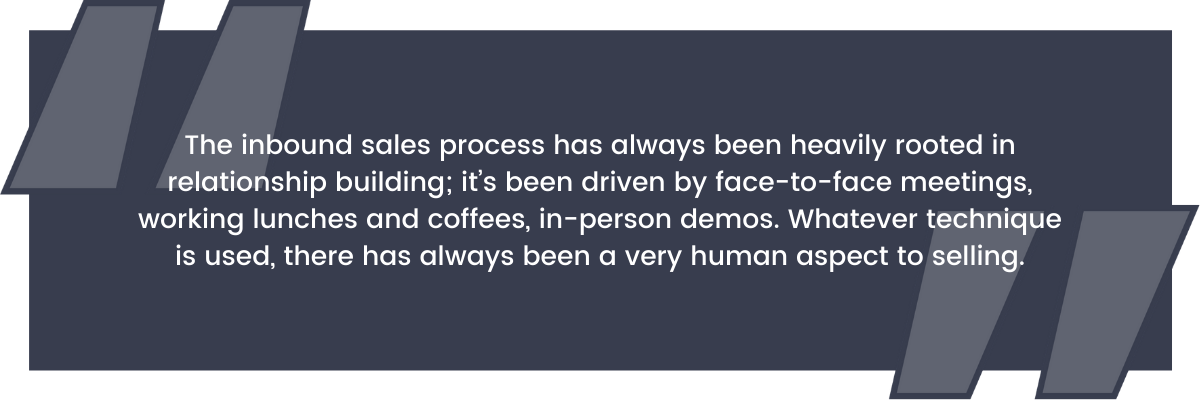
Using Video in Your Sales Process to Close More Deals
At its core, sales has always been about relationships. Quite simply, a buyer won’t buy unless there’s some sort of connection between themselves and the seller, or between themselves and the seller’s organisation. And the stronger that relationship is, the more impact and influence sellers have, resulting in more conversations and better results.
Now, there’s a problem. The shift to remote sales has instantly removed this humanistic aspect that has been instrumental in relationship building, which in turn has been instrumental in closing deals. Although the accelerated shift to remote was a result of the COVID-19 crisis, remote sales are not expected to disappear in a post-pandemic future. Instead, they’re expected to become the norm. And so there is an urgent need for sales teams to identify ways to inject more of the human touch into distance selling.
Video is the obvious solution.
Video in Sales
The word ‘video’ is enough to make many sales reps break out in a cold sweat. But why? There are many advantages to incorporating video into the sales process.
Video is exactly what today’s salespeople need. It replicates face-to-face interactions, and makes it appear as though reps are right there in the same room as the buyer. It allows that same sort of person-to-person connection, it enables teams to build a rapport with their audience, and it makes sales reps easily available to prospects for superior sales enablement.
Think about it. Video can deliver vital communications that an email can’t. It can deliver messages through vocal inflections, facial expressions, body language, gestures, posture, and eye contact. University of California Psychologist Albert Mehrabian once theorised that just 7% of communications come through words. The theory claims that 38% of a message is delivered through tone, and 55% through body language.
The benefit of video in inbound sales goes beyond building human connections. It also supersedes the inbound vs outbound sales conundrum. Even traditional sales can benefit from video. After all, video is more visually appealing, and for the estimated 65% of the population who are visual learners, this can make your sales pitch much more memorable. Not to mention, video is usually much more interesting than just listening to someone talk! It adds a touch of entertainment.
Video has been used in marketing for years, and HubSpot reports that marketers who use it grow revenue 49% faster than those who don’t. The team behind the leading CRM platform also state that 98% of professionals admit to using video as a way to learn more about a particular product or services. So isn’t it time sales got in on the action?

Building a Video Strategy
Building an effective video strategy isn’t as challenging as you may think. Here is a simple 4-step framework to help you develop a strategy that’s right for your team:
1. Understand when to use video in sales
The truth is that video can be used across the entire buyer journey. It can be used in the very early stages to grab attention, to remind prospects about your offer, to ‘touch base’, and to provide additional post-sales information that may be needed during the transition to the customer success team. But that doesn’t mean it should be used at all times. It’s vital to know when your target audience is most likely to engage with video.
2. Know what video types to use
There are many different types of video that can be used in the sales process. Pre-recorded videos can be shared through social media, email, or your own website, and can be personalised for each prospect, or created as a reusable resource. Live, real-time video conferencing can also be used for meetings and product demos. Again, it’s important to know your audience to determine what they’re looking for.

3. Develop video scripts
Video scripts help to ensure that your sales reps stay on the right track and cover everything that needs to be covered. A good video script template should include just 4 points: introduction, question, answer, and call to action. This template can be customised to each stage of the buyer journey, to each prospect, and to each individual situation. Don’t make it too standardised… uhms and aahs are human!
4. Implement the right software
If you aren’t already using video software, then now is the time to introduce this to your team. There are three types of software to consider: video creation software such as Vidyard, real time video conferencing tools like Zoom, and a video management system such as HubSpot that hosts, embeds, and analyses sales video performance. Analysis is crucial, helping you to tweak your strategy as needed to drive top results.
Video Best Practices
Creating great sales videos is easy… although it does take some getting used to! Here are 3 best practices for creating videos that really engage with your target buyer:
- Short and sweet - Even though video is more interesting than big blocks of text, it’s still possible to lose your audience if you keep them staring at their screen too long. Don’t beat around the bush; get straight to the point, be clear in what you’re communicating, and develop a short, efficient video. Ideally, a sales video should range from 30 seconds to 3 minutes depending on video type.
- Stay professional - While natural ‘uhms’ and ‘aahs’ add even more of a human touch to video, it’s important not to get too informal. Make sure that you have a professional backdrop (if you’re using Zoom, the built-in backgrounds can be a lifesaver!), and that the lighting ensures your products are being shown off in the best possible way. Try to keep a quiet environment, too, to reduce distractions.
- Use props - There’s no rule that says you have to communicate your message all on your own! By using props, you can help to reinforce your message, and use visual cues to ensure the buyer is always on the same page as you are. Props can also be used to show that a video is a custom made video personalised to that exact individual; a fantastic tactic to boost loyalty and drive conversions.








%20-%20Teal.png?width=500&height=130&name=Force%20%26%20Friction%20-%20Branding%20-%20Logo%20(White)%20-%20Teal.png)